


Scorching sun, no shade, and temperatures soaring to 32 degrees Celsius—the relentless heat takes its toll on Auntie Fausty, a woman in her mid-50s, who ekes out a living selling bags in Accra, Ghana’s capital city, at the brimming Makola Market. As she sits in a worn plastic chair, her eyes scan the crowded market, searching for customers.
But the heat is suffocating, draining the life from her very pores. Auntie Fausty wipes the sweat from her brow with a tattered rag, her face a map of deep lines and creases. And yet, despite the oppressive heat, she remains steadfast, her beautifully arranged bags – testament to her unyielding spirit.
“After the harmattan season in January, the heat becomes intense, lasting till the rains arrive in May or June,” Auntie Fausty shares, her voice laced with resilience and resolve. She describes her typical day: “I face harsh conditions from morning till 3pm, sweating profusely and drinking plenty of water to cope, all while worrying about making ends meet.”
Women bear the heat
Just after a short walk at Tema Station market, Ama Serwaa meticulously arranges her collection of local spices beneath the fragile sanctuary of a faded umbrella. Like Auntie Fausty, she battles not only the economic pressures of urban life for survival but also the physical assault of rising temperatures.
“The afternoon sun feels like punishment,” Ama confides, her voice dropping to a whisper as though the heat might overhear and grow stronger. “The headaches come like clockwork—throbbing, blinding pain that only painkillers can touch. Sometimes, all I can do is close my eyes and rest, even as customers walk by.”
As both women speak, others move through the market carrying heavy loads balanced precariously on their heads. The scene presents a stark visual metaphor—Ghana’s women literally bearing the weight of economic necessity while simultaneously enduring the crushing burden of climate change’s thermal consequences.
Their reality stands in sharp contrast to those who spend days in air-conditioned offices. For these market women, there is no escape button, no thermostat to adjust when the heat becomes unbearable. Their workplace is exposed to the elements, their bodies the front line in a climate battle they never asked to fight.

The female body under fire
The impact of extreme heat on women isn’t merely about discomfort—it’s physiological, economic, and deeply personal. According to Kathy Baughman McLeod, Chief Executive Officer of Climate Resilience for All, biology itself places women at greater risk.
“Ecologically, women’s bodies respond differently to heat stress,” Madam McLeod explains, leaning forward with urgency. “It’s not just perception—their cardiovascular systems, skin structure, and hormonal fluctuations create unique vulnerabilities that science is only beginning to properly document.”
The consequences extend far beyond temporary discomfort. McLeod’s voice grows solemn as she shares observations from partner communities in South Asia: “We’ve documented daily skin rashes, chronic dizziness, debilitating headaches—and most devastating of all, miscarriages directly attributable to extreme heat exposure. Last May alone, six women from our community partners died from heat-related causes while working outdoors.”
Dr. Caryn Agyeman Prempeh, Health Director at La Dade Kotopon Municipal Assembly, adds medical context to these lived experiences. “Heat stress triggers cortisol release in women’s bodies, creating hormonal imbalances that manifest as visible skin conditions like acne and eczema, but also as invisible threats to reproductive health.”
Her fingers trace invisible patterns in the air as she explains the cascade of physiological responses. “When a woman experiences prolonged heat exposure day after day, her entire endocrine system can be affected. The body perpetually believes it’s under attack.”
Flames and fertility
The consequences of heat on fertility are particularly devastating for women, as rising temperatures disrupt the intricate physiological processes that regulate reproduction.
Research reveals that rising temperatures interfere with the hypothalamus—the brain’s regulator of reproductive function. In heat stress on reproductive function and fertility in mammals (2011), studies show that under heat stress, the hypothalamus falters, disrupting the release of gonadotropin-releasing hormone (GnRH). This results in erratic hormonal signals throughout the body. Luteinizing hormone (LH) and follicle-stimulating hormone (FSH), both crucial for egg maturation, fail to function properly, leaving ovarian follicles stranded and unable to develop. The system that should enable life is left out of sync, and ovulation is brought to a halt.
For pregnant women, the dangers are even more dire. Elevated body temperatures don’t just affect the mother—they place the unborn child in jeopardy. Heat stress transforms the womb, once a sanctuary, into a hostile environment. Miscarriages, stillbirths, and severe birth defects are far more likely when heat overwhelms the body’s natural processes. The future, once filled with the potential of new life, is suddenly erased, as heat robs it before it even has a chance to form.
In Zimbabwe’s Kusile rural district, where climate change and inadequate healthcare intersect, pregnant women face an existential threat. This nightmare is a devastating reality for far too many. Meck Sibanda, Executive Director of the Christian Youth Volunteers Association Trust, bears witness to this crisis: “Rural women embark on perilous journeys to access basic healthcare, including maternity care. This isn’t just an inconvenience; it’s a matter of life and death.”
Men are not exempt from the impact of heat, though their struggle is less visible. The effect of heat stress on expression of main reproductive hormone in Hypothalamic-Pituitary-Gonadal Axis of Wenchang Chicks (2022) highlights how temperature increases disrupt the reproductive system. In men, heat affects the testes, the organs responsible for sperm production. Excessive heat can impair the function of the cells within the testes, leading to reduced sperm production and compromised sperm quality. Sperm counts may drop, and DNA integrity can be affected. However, these changes are often reversible once temperatures return to normal.
Both men and women face the wrath of heat, but women bear the heaviest burden. The damage to female fertility can be irreversible, robbing them of the chance to conceive. While male fertility may recover, women’s reproductive systems are often left permanently altered. In the fight against a warming world, heat is not just a physical stress—it is a thief of life, stealing futures and leaving bodies in its wake.
North heat, north pain
Travel northward to Bolgatanga in Ghana’s Upper East Region, and the temperature climbs even higher. Presently, where the mercury regularly touches 40 degrees Celsius, another deadly consequence of extreme heat emerges from the parched landscape.
Cerebrospinal meningitis (CSM) cases surge during peak heat periods, turning temperature into a matter of life and death. The northern regions of Ghana have recorded thousands of cases over the years, with fatality rates that send shudders through local health systems.
Here too, women bear additional burdens. As primary caregivers, they tend to the sick while continuing domestic responsibilities. They walk farther for increasingly scarce water. They maintain households while their own health deteriorates under the double assault of heat and duty.
“We are the nurses when clinics are too far away,” says Adisa Adams, a mother of three from a village outside Bolgatanga. “We are the ones who must remain strong when others fall ill. But who cares for us when the heat makes us weak?”
Science behind the sweat
Ghana’s rising temperatures are no accident or natural fluctuation. Research conducted by Felix Ankomah Asante from the University of Ghana’s Institute of Statistical, Social, and Economic Research and Franklin Amuakwa-Mensah from Sweden’s University of Agricultural Sciences paints a disturbing picture.
Their 2014 paper, “Climate Change and Variability in Ghana: Stocktaking,” documents how greenhouse gas emissions from fuel consumption, deforestation, and agricultural practices have accelerated since 1990, pushing Ghana toward a climate tipping point despite its relatively small global emissions footprint.
By 2020, all of Ghana’s ecological zones had surpassed 2.0 degrees Celsius warming—a threshold once considered a distant future concern. Projections for 2050 and 2080 suggest continued temperature increases that threaten to remake the country’s environmental and social landscape.
The consequences ripple through every sector. Agriculture yields decline as crops wither under intensifying heat. Hydropower generation falters as rainfall patterns shift. Public health crises multiply with increased incidence of malaria and cholera. And at every point of impact, women—especially those with limited economic resources—absorb the harshest effects.
A more recent study by Edmund I. Yamba (2025) delivers even more sobering news: heatwaves across Ghana are becoming more frequent, longer in duration, and more intense in their peak temperatures. The northern regions, particularly the Sudan Savannah zone, experience the most severe conditions—yet receive the least attention in climate adaptation planning.

The gendered cost of climate
Extreme heat doesn’t affect all Ghanaians equally. Women—especially those who work outdoors, care for families, or live in poverty—are disproportionately exposed and less protected. Their labor is invisible, their suffering normalized.
“We must view heat stress as a gendered health crisis,” insists Dr. Agyeman Prempeh. “The public sees women in markets but rarely thinks about what that exposure does to their organs, their fertility, or their future.”
Beyond markets, women working as farmers, cleaners, food vendors, and teachers are increasingly reporting chronic fatigue, heatstroke, and productivity loss. Yet policies remain gender-neutral—blind to the fact that equal isn’t always equitable.
Despite these challenges, women across Ghana demonstrate remarkable adaptability. The World Health Organization recommends simple preventive measures: staying hydrated, avoiding strenuous activity during peak heat hours, wearing appropriate clothing, and seeking shade whenever possible.

Pushing for change in a burning landscape
Professor Christopher Gordon, former director of the Institute for Environment and Sanitation Studies at the University of Ghana, identifies the vicious cycle trapping Ghana in escalating heat.
“We’re cutting down forests while cocoa yields decline,” he says, frustration evident in his furrowed brow. “Farmers, desperate for income, sell land to illegal gold miners. The result? More deforestation, polluted water bodies, and temperatures that climb even higher.”
His analysis reveals the interconnectedness of environmental degradation and climate consequences. Deforestation reduces natural cooling, accelerates soil erosion, and diminishes water retention—all factors that intensify heat impacts, particularly in rural communities where women are central to agricultural production.
For the first time, Ghana has appointed a dedicated Minister of State for Climate Change and Sustainability—Hon. Baba Issifu Seidu. This institutional recognition of climate challenges offers new hope for policy interventions that might specifically address heat’s gendered impacts. Minister Seidu’s engagement with University of Ghana academics signals a promising shift toward evidence-based climate policy. For this approach to succeed, it must recognize and address the specific vulnerabilities of women while amplifying their essential role in climate adaptation and mitigation strategies.
Cooling communities through collaboration
Innovation emerges from necessity. Across Ghana, women are not merely victims of climate change but pioneers of climate solutions.
The national tree-planting initiative represents one scalable approach to heat mitigation. Millions of trees planted annually provide essential shade, cool surrounding air through evapotranspiration, and help reduce urban heat island effects that make cities particularly dangerous during extreme heat events.
More targeted interventions show particular promise. The Heat Adaptation Benefits for Vulnerable Groups in Africa (HABVIA) project has implemented a roof-painting initiative in communities including Ga-Mashie in Accra and Nkwantakese in Kumasi. The programme applies specialized reflective paint to approximately 30 homes in each location, significantly reducing interior temperatures.
“Before the white roof, my children couldn’t sleep at night because of the heat,” explains Maamle Sackey, a participant in Ga-Mashie. “Now our home stays cooler, and we rest better. My headaches have lessened too.”
Doreen Larkailey Lartey, a researcher with the University of Ghana Centre for Climate Change and Sustainability Studies, believes in women’s capacity to cool their environments through small-scale interventions.
“Urban women have extraordinary power to transform microclimates,” Ms. Lartey says, enthusiasm brightening her face. “Home gardens, reduced energy consumption, and water conservation—these seemingly small actions multiply when communities embrace them collectively.”
Her vision is both practical and inspirational: thousands of small gardens transforming Ghana’s urban heat profile while improving food security and enhancing biodiversity. “Women already hold ecological knowledge,” she insists. “They simply need resources and recognition to deploy it effectively.”
As rising temperatures scorch the West African nation of Ghana, the heat is on to act. Women, often the most vulnerable to the climate crisis, bear the brunt of droughts, floods, and storms. To shield them and future generations from the worst impacts of climate change, Ghana must adopt policies that prioritize their needs and perspectives. Integrating climate change mitigation, public health protection, and social equity will forge a resilient, equitable, and thriving future. The time for collective action is now—Ghana’s women, and its very future, depend on it.
By Afia Agyapomaa Ofosu
E-mail: [email protected]
This report was supported by the African Women in Media (AWiM) with support from the Fojo Media Institute.
The post How extreme heat is impacting women in Ghana appeared first on Ghana Business News.
Read Full Story



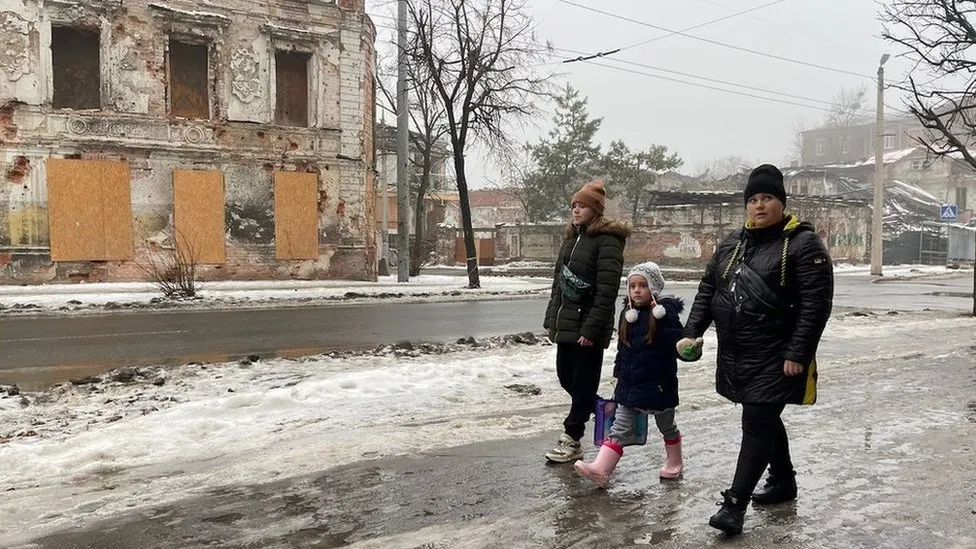
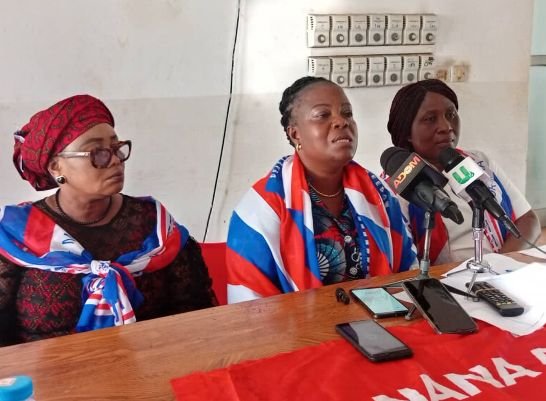

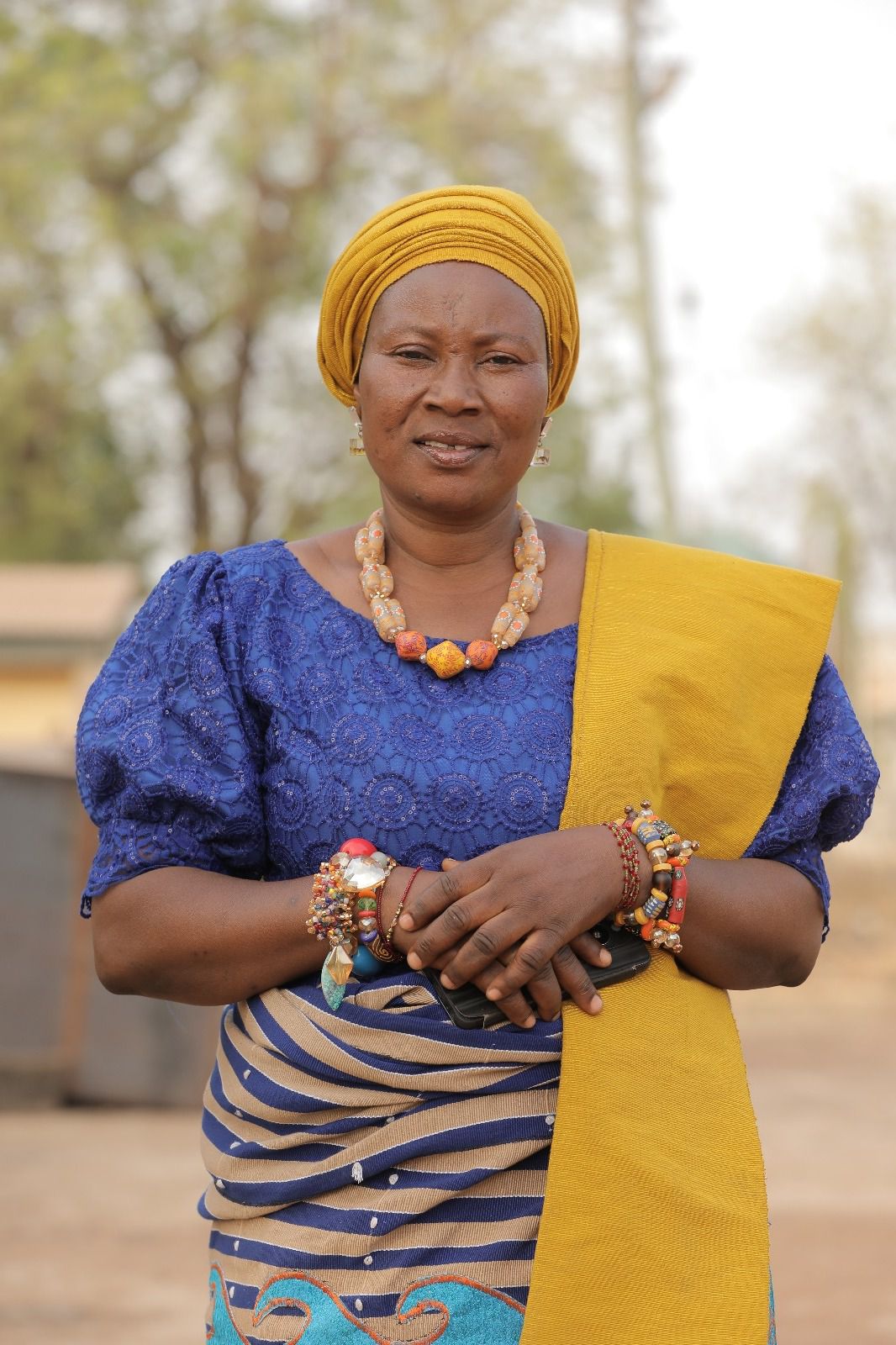





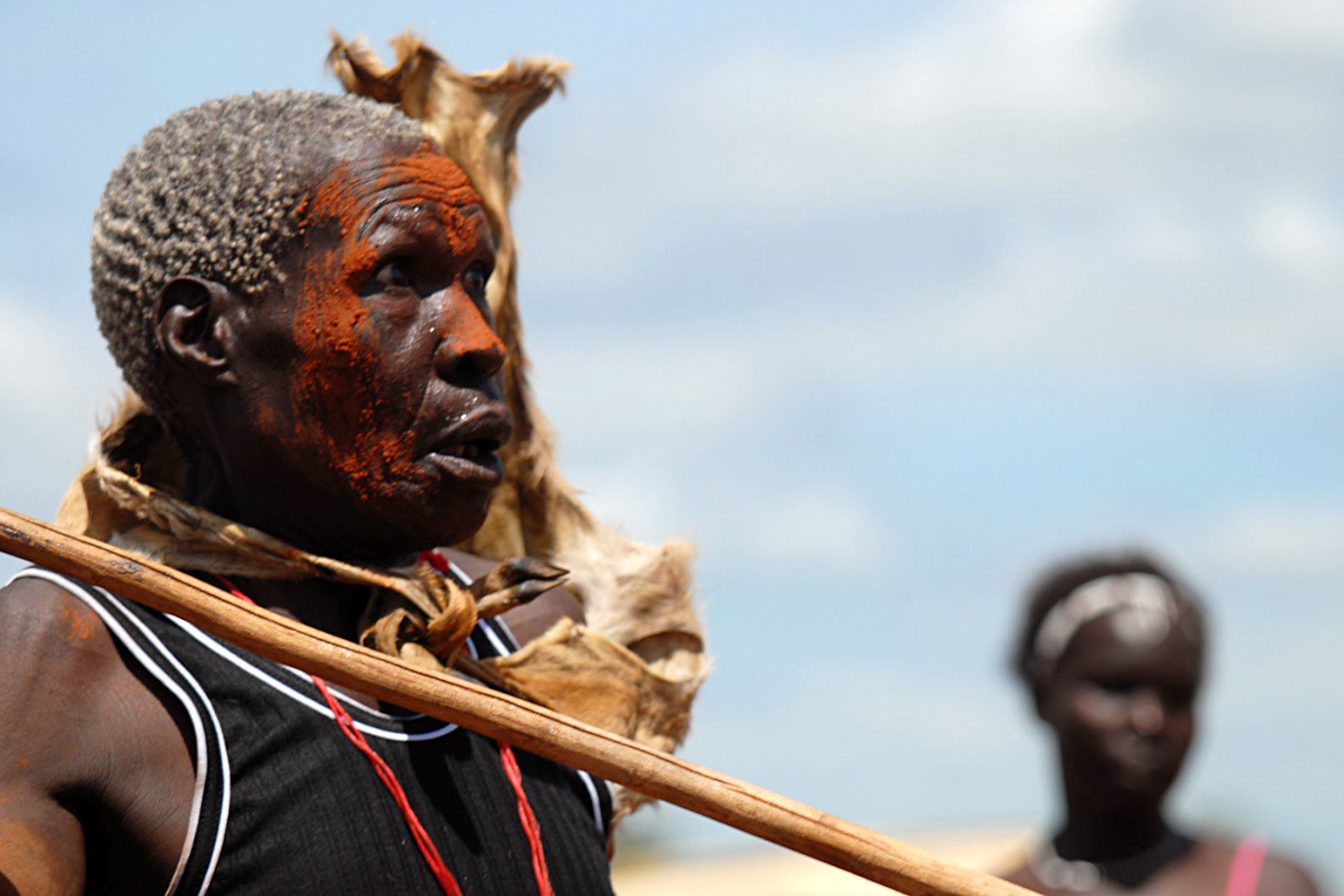

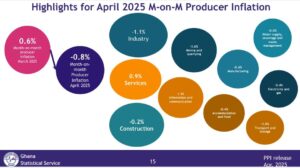



Facebook
Twitter
Pinterest
Instagram
Google+
YouTube
LinkedIn
RSS